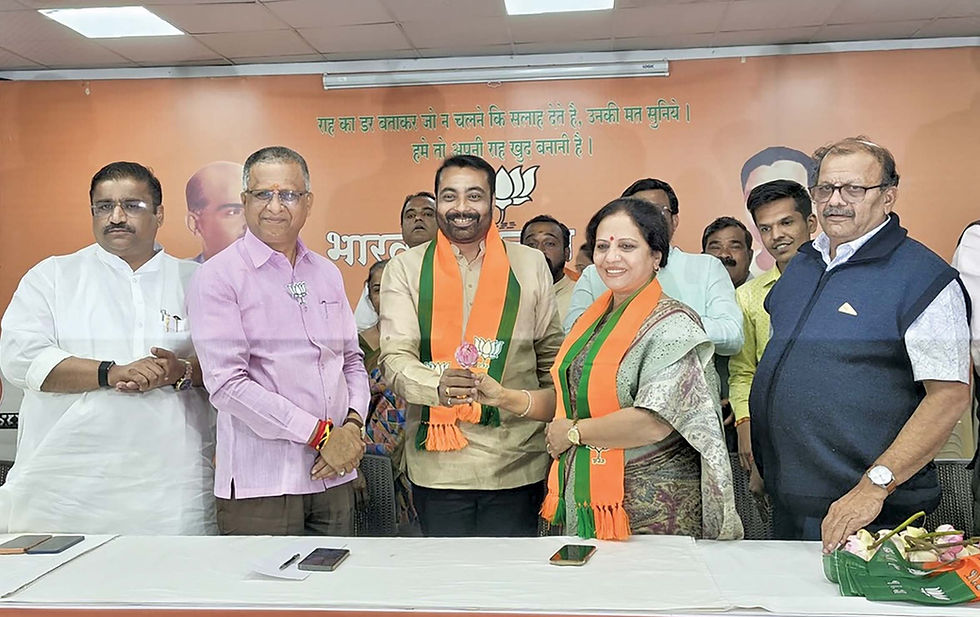Bad Roads, Ugly Politics
- Suyash Padate
- Nov 1, 2024
- 2 min read

The pathetic state of roads in Mumbai city as well as its suburbs has made daily commute a dangerous affair. The residents are miffed with the BMC over its lackadaisical attitude. Mumbaikars tweet photos, post videos to grab attention, but everything is in vain. Who cares for the common people. Backbreaking journeys have become part and parcel of life. Political leaders are busy mud-slinging.
This year the monsoon took a break after almost four and half months. During this time some of the roads virtually became non commutable. It may be recalled that the Chief Minister Eknath Shinde first announced to make Mumbai roads pothole free.
Its almost two years now the BMC has concretised only 9 percent of roads it planned to concretise. This decision was taken when it came to light that due to the properties of bitumen in asphalt roads, potholes are a regular occurrence due to contact with water during monsoons.
Hence, to solve the problem of potholes, the corporation has adopted a policy of cement concreting of 6-meter-wide roads in phases. The decision was taken but the dilly-dallying affair made things more difficult.
Mumbai’s traffic does put a lot of strain on roads which is not the case in the other developed countries. Second most important aspect is concretisation of roads is done partly and in phases.
The worst problem which is faced is repeated digging for cables and drainage, which weakens the roads. Above all corruption in BMC makes matters worse as a result everything comes to grinding halt.
According to experts, repairing potholes is a reaction with symptomatic treatment. By and large we are dispensing superficial treatment without addressing the root cause. The long-term solution will be to have roads with no potholes but what we need is the means and technology to achieve this. But for this political will is necessary which we lack on every step.
Mumbaikar’s are convience that corruption in the municipal corporation is the main reason. Contractors have had a monopoly over the last 20 years and this is the reason why reputed companies never come ahead for these projects.
As a result, in the name of attendance and repair, the BMC does shoddy work. Crores are spent but the end result is nothing. The BMC is not paying attention to the crust. If the crust is weak, potholes will see an increase. Without any thought or technical know-how, potholes are filled with cold mix.
This is the reason why the city and suburbs continue to have craters on the roads.
Craters, a serious threat to the safety and security of people. Mumbaikars fade up from their repeated visits to orthopedic surgeons.
They are in a mood to teach a proper lesson to those who were at the helm of the affairs.





Comments